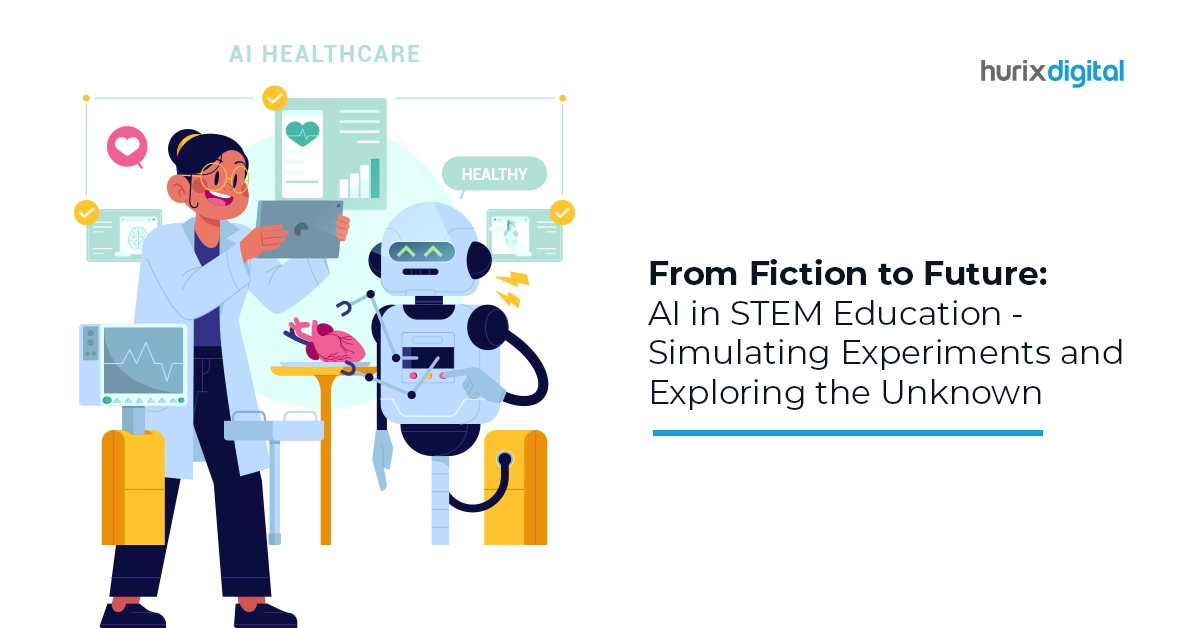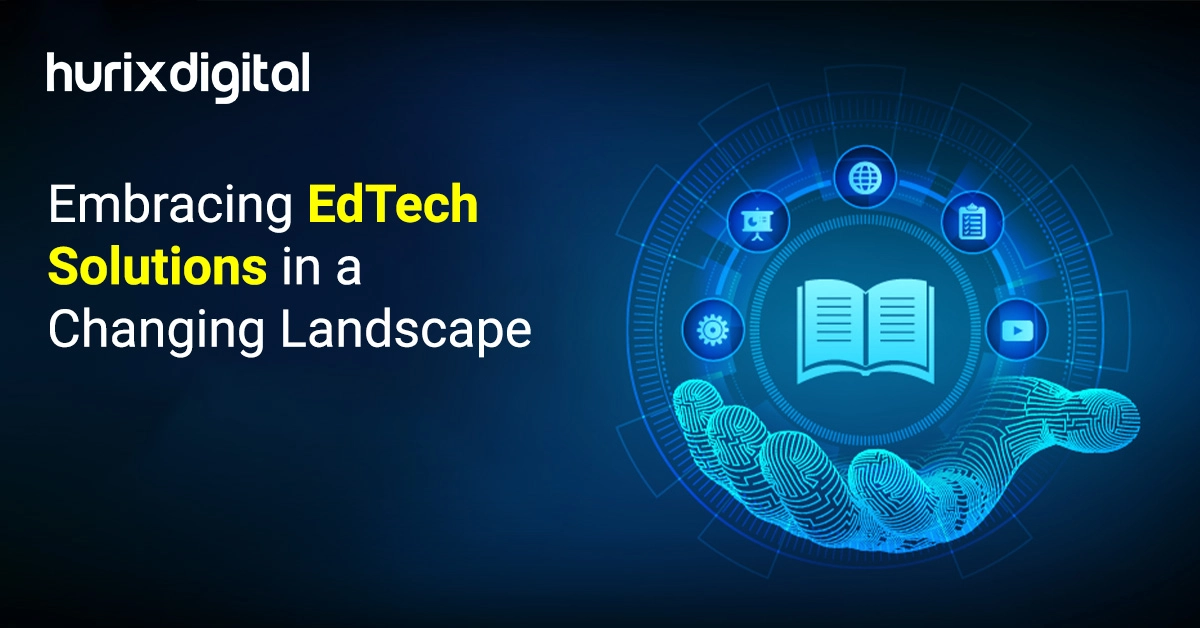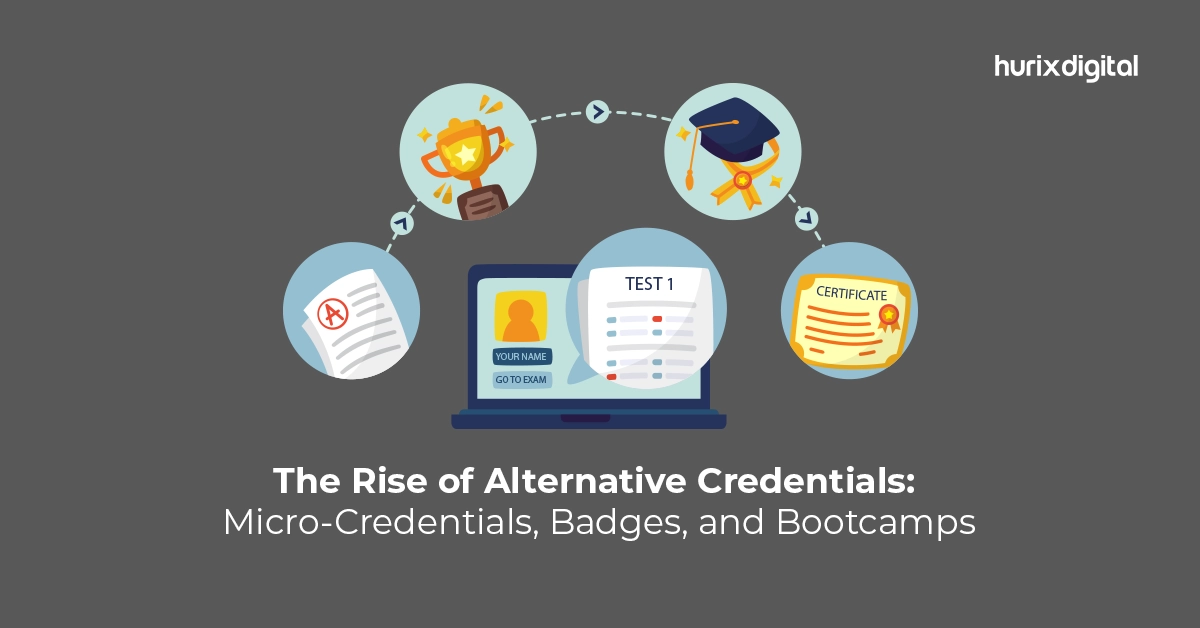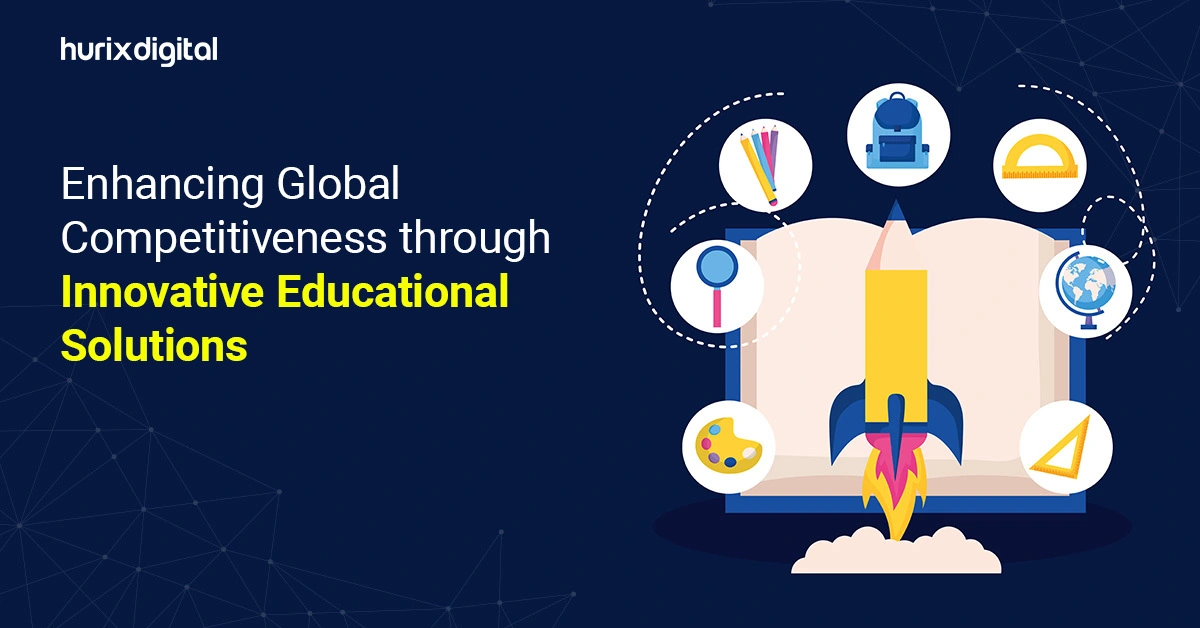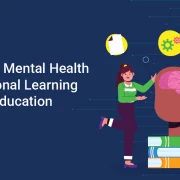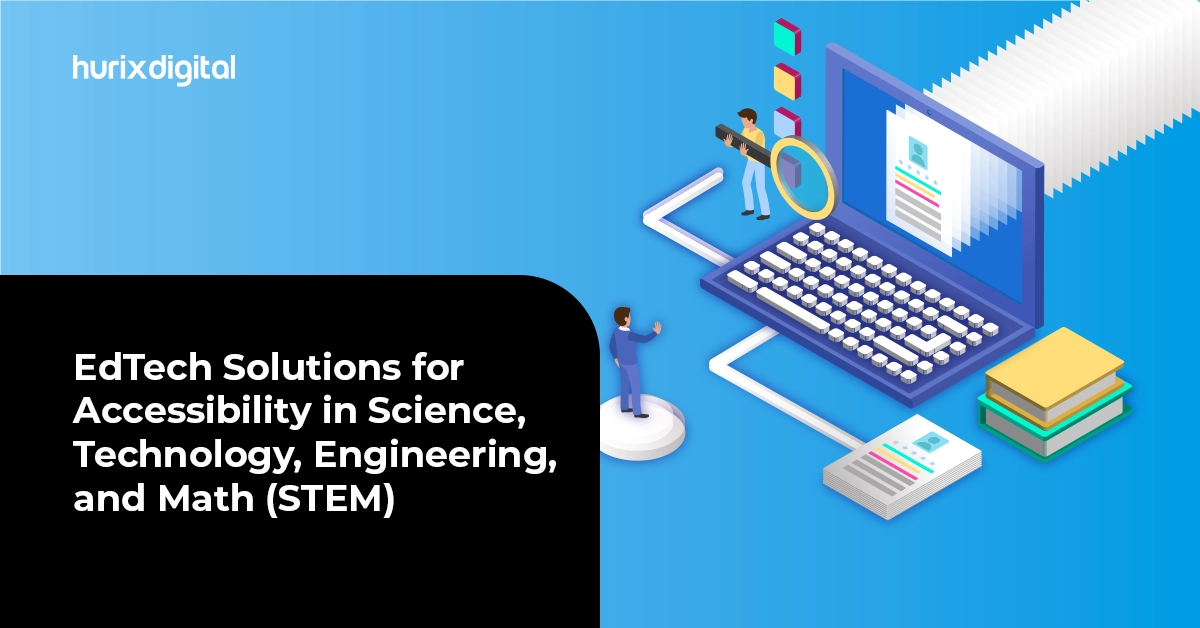
EdTech Solutions for Accessibility in Science, Technology, Engineering, and Math (STEM)
Summary
This article explores EdTech solutions that enhance accessibility in STEM fields. It explains how technology can make science, technology, engineering, and math education more inclusive.
From healthcare to communication, technology is omnipresent. As a result, the demand for STEM education has increased. But is current STEM pedagogy accessible to all?
Perhaps not!
UNESCO says that 150 million children globally live with a disability. This means a considerable percentage of students cannot access the learning resources.
So, how to address this problem? The solution lies in adaptive learning and EdTech solutions for accessibility. Digital accessibility opens new learning avenues for students with learning disabilities.
Stay tuned as we look into various educational technologies and how you can harness them to make STEM learning more accessible.
Table of Contents:
- What are EdTech Solutions for Accessibility?
- Why Making STEM Education Accessible Crucial?
- Accessibility for EdTech Solutions: The Challenges
What are EdTech Solutions for Accessibility?
Accessible EdTech solutions are a diverse range of technological innovations allowing students with disabilities to access STEM education. This umbrella term encompasses everything from assistive technology to digital learning platforms. From interactive games to VR-based learning, accessible EdTech solutions make STEM curricula more immersive and engaging.
By harnessing innovative technologies, you can create an adaptive learning experience and simplify the complex STEM concepts for students with disabilities.
Also Read: Top 5 Reasons for Digital Accessibility Compliance in Europe
Why Making STEM Education Accessible is Crucial?
While STEM subjects prepare students to thrive in the increasingly competitive world, people with disabilities cannot access the resources. Therefore, inclusive education is a necessity and just not an option.
Take a quick look at the importance of embracing accessible educational technology STEM pedagogy:
- Equal Learning Opportunities: Accessible educational technology ensures equitable education opportunities for every student. For example, Someone with dyslexia can use text-to-speech tools to comprehend complex STEM subjects.
- Legal Compliance: Many countries have laws and regulations requiring educational technologies and resources to be accessible for students with disabilities.
- Immersive Learning: Accessibility for EdTech solutions often results in enhanced learning experience, benefiting all, including students with disabilities. For example, VR-based games help science students understand complicated physics concepts.
Accessibility for EdTech Solutions – Challenges
Educational technologies have revolutionized L&D, especially for STEM subjects. While digital accessibility is getting widely adopted, the path is full of hurdles. Before you implement inclusive learning, it’s crucial to address these challenges to make EdTech solutions more accessible and equitable.
Let’s quickly check out the roadblocks:
1. Resistance to Accept Change
Despite the widespread adoption of EdTech, several STEM educators remain hesitant to accept his transformation.
There are several reasons behind this resistance, but lack of skills and proper training remains at the top. Many educators and students feel overwhelmed by the complexity of advanced tools. The lack of confidence and familiarity results in resistance and anxiety.
The Solution: Invest in professional learning and development. Ensure you provide ongoing support and guidance to educators to make the integration of EdTech tools seamless.
2. Deep Digital Divide
The digital divide is a major obstacle to implementing EdTech solutions for accessibility. From unstable internet connections to incompatible devices, the digital divide restricts opportunities and outcomes for learners with disabilities.
The Solution: Ensure EdTech solutions are designed for digital accessibility.
3. Integrating Legacy Technologies
EdTech tools are evolving rapidly. However, most existing devices are not sophisticated enough to ensure a seamless integration of educational technologies. This results in disrupted workflow, data inconsistencies, and technical glitches, creating a poor learning experience.
The Solution: Upgrading the legacy systems to make STEM education more accessible and equitable.
4. Data Security and Privacy
Data theft and security are major concerns, especially when it comes to digital accessibility for STEM education. Protecting sensitive information about students’ disabilities is paramount to ensure data privacy.
The Solutions: Collaborate with EdTech tool developers to comply with data protection regulations such as COPPA or FERPA. Moreover, data encryption should be included, and regular audits should be undertaken for improved results.
How to Incorporate EdTech Solutions for Accessibility?
1. Adaptive Learning: Engaging Classrooms for Everyone
Every student is unique, with their own learning pace and style. That’s where personalized learning enters the scene (with a bang).
Advanced educational technologies enable educators to track students’ progress in real-time and identify areas requiring extra attention. As a result, they can create a personalized learning path for STEM students with learning impairments.
For example, video lessons should have closed captions for biology students with hearing impairments. This fosters confidence and enhances their understanding of complex subjects.
2. Leverage Assistive Technologies
Assistive technologies—from screen readers to ergonomic keyboards—have revolutionized how students with disabilities engage and interact in the classroom.
For example, screen readers enhance reading comprehension, allowing the special needs student to navigate texts using speech outputs. This makes learning more engaging and effective.
3. Implementing Universal Design Learning Principles
Create educational resources—physical and digital—using Universal Design for Learning (UDL) principles. This provides a plethora of options for students to engage with content and address diverse learning preferences.
Besides, the learning resources must be compatible with assistive technology such as screen readers, text-to-speech software, and talking calculators.
For instance, ensure your digital content is adaptable and can be controlled with voice, a joystick, or an adaptive keyboard. Providing students with alternatives for motor-skill impairments allows for intuitive interaction with the educational content.
4. Frequently Use Game-Based Learning
Who says games are only for pre-schoolers?
Several studies suggest that quiz-based games are effective for higher studies. With most learning management systems (LMS), educators can create short multiple-choice quizzes. Making quizzes more accessible enables fun and feedback-oriented learning.
Games involve finding solutions by amalgamating information, evaluating the situation, and critical thinking. Learners can develop crucial problem-solving skills through trial, error, and discovery.
Check out this Guide: How to Create an Accessible Brand in 2024 and Beyond
Wrapping Up
EdTech for accessibility solutions has transformative potential for STEM education. From advanced assistive technology to interactive games, educational technologies offer a hands-on experience that encourages interest.
This enables special needs students to comprehend and grasp complicated STEM concepts, making the pedagogy enjoyable and accessible.
Are you planning to integrate educational technologies to make STEM education inclusive? Partner with Hurix Digital. We offer scalable digital accessibility solutions to make the STEM curriculum interesting and accessible for all.
Want more information? Contact us today.

Vice President – Digital Content Transformation. He is PMP, CSM, and CPACC certified and has 20+ years of experience in Project Management, Delivery Management, and managing the Offshore Development Centre (ODC).
